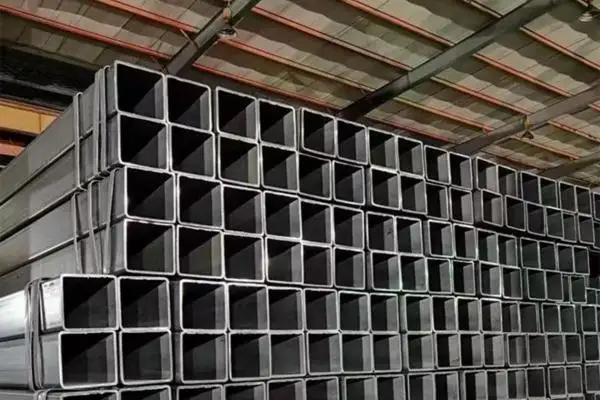Galvanized steel typically refers to low-carbon steel coated with a thin layer of zinc—usually around 20μm thick. While the melting point of zinc is approximately 419 °C and its boiling point is about 908 °C, welding introduces several challenges due to the behavior of the zinc coating under high temperatures.
Super Steel Manufacturing Co.,Ltd is professional galvanized steel pipe manufacturer, for more details, please contact:sales@super-steels.com
Welding Challenges with Galvanized Steel Pipes
During welding, the zinc coating near the joint melts and flows into the weld pool or along the weld root. Zinc has high solubility in iron and tends to infiltrate the weld metal along grain boundaries. This can lead to liquid metal embrittlement, as molten zinc lowers the ductility of the steel and may induce cracking under tensile stress.
In addition, zinc reacts with iron to form brittle intermetallic compounds, which further weaken the weld area. Fillet welds—especially T-joint fillet welds—are particularly susceptible to crack propagation due to this brittleness.
Moreover, during welding:
The zinc at the groove edges is oxidized, melted, and evaporated under arc heat, generating white smoke and vapor.
The oxidation of zinc produces zinc oxide (ZnO), which has a very high melting point (above 1800 °C). If welding parameters are not properly controlled, ZnO may remain as slag, leading to inclusions in the weld.
Zinc acts as a strong deoxidizer, which interacts with iron to form low-melting oxide slag systems such as FeO-MnO and FeO-MnO-SiO₂.
The evaporation of zinc produces dense white fumes, which are harmful to human health and require proper ventilation and protective measures.
Because of these issues, removal of the zinc layer from the weld zone before welding is highly recommended to ensure weld quality and safety.
Welding Process Control and Recommendations
1. Pre-Weld Preparation
Although the preparation for welding galvanized steel is similar to that of low-carbon steel, special care should be taken with:
Groove dimensions: An appropriate groove angle (typically 60°–65°) and a root gap of 1.5–2.5mm help ensure full penetration.
Zinc removal: The zinc coating near the groove should be thoroughly cleaned (e.g., polished or ground off) before welding to reduce the risk of zinc infiltration and porosity.
In practice, many projects adopt centralized grooving and blunt edge control strategies to facilitate double-sided welding and improve penetration consistency.
2. Electrode Selection
Choose electrodes based on the base material. For general low-carbon steel, J422 is commonly used due to its stable arc and ease of operation.
3. Welding Technique Tips
In multi-pass welds, the first layer is critical. Focus on vaporizing and eliminating the zinc in this layer to prevent zinc entrapment in the weld metal.
For fillet welds, use a technique that allows the arc to preheat and vaporize the zinc before laying the bead:
Start with the arc slightly ahead (5–7mm) of the weld seam, let the zinc layer melt and burn off, then move back to the starting point to begin welding.
During horizontal or vertical welding, use low-slag electrodes like J427 to minimize undercutting.
For better weld quality, short arc and weaving techniques can help control heat input and slag formation.
Summary
Welding galvanized steel pipes requires careful handling of the zinc coating to prevent defects such as porosity, slag inclusion, and cracking. By optimizing groove design, thoroughly cleaning the weld area, selecting suitable electrodes, and applying effective welding techniques, high-quality welds can be achieved while minimizing health and safety risks from zinc fumes. Proper process control is key to ensuring both structural integrity and worker safety in galvanized pipe welding applications.



 English
English Español
Español Français
Français بالعربية
بالعربية





















